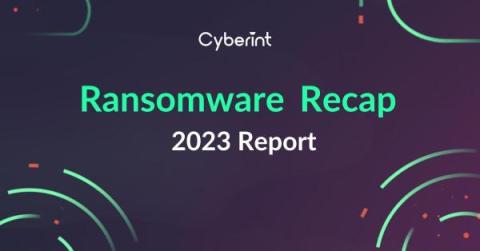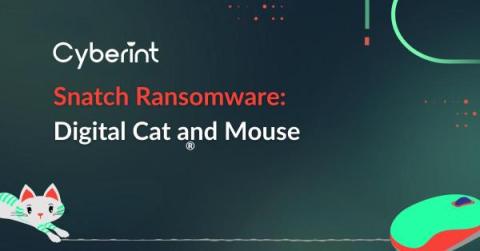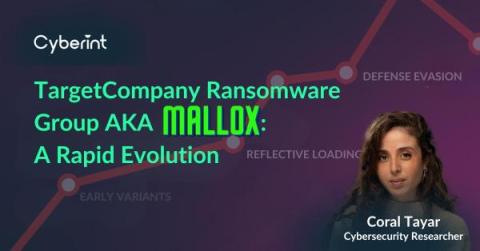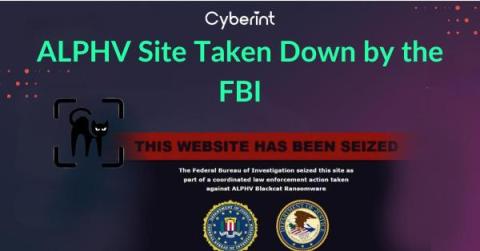Are They Really Playing? Get to Know Play Ransomware
Play is a recent entrant into the realm of ransomware, with its initial appearance being identified in June 2022. In this context, “Play” encompasses both the entity responsible for its development and distribution, as well as the name of the executable used for the ransomware. Following a pattern observed among numerous actors in this domain, Play has embraced the strategy of double extortion.











